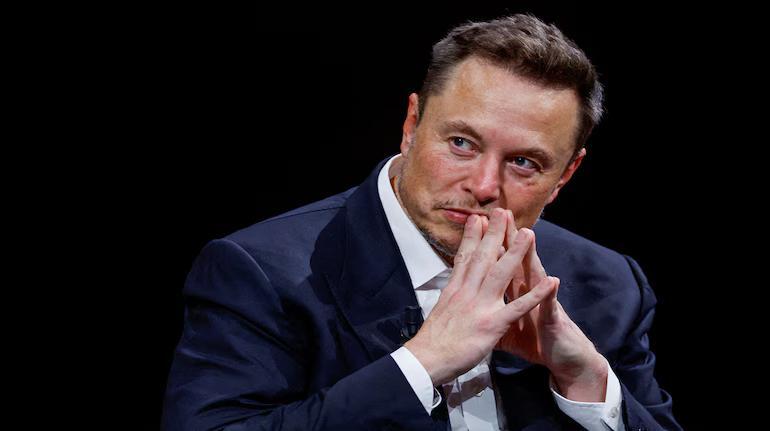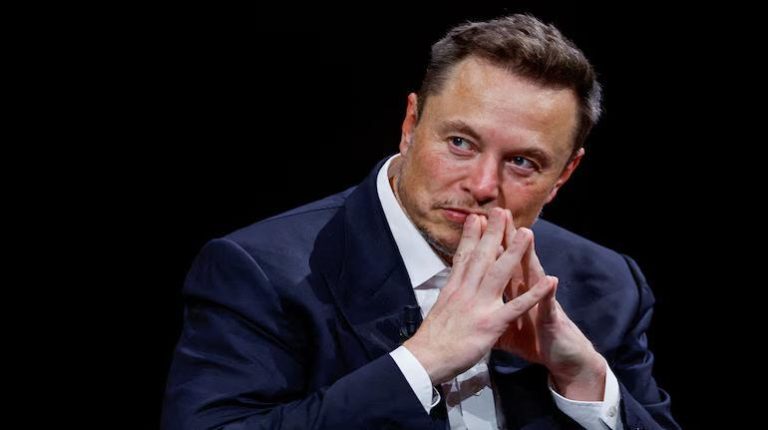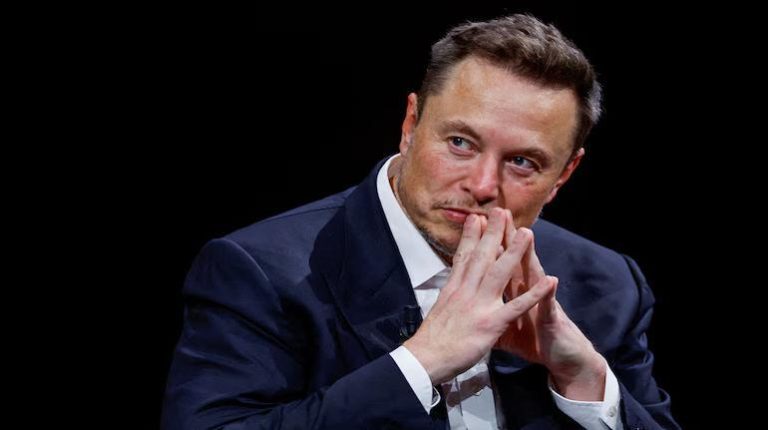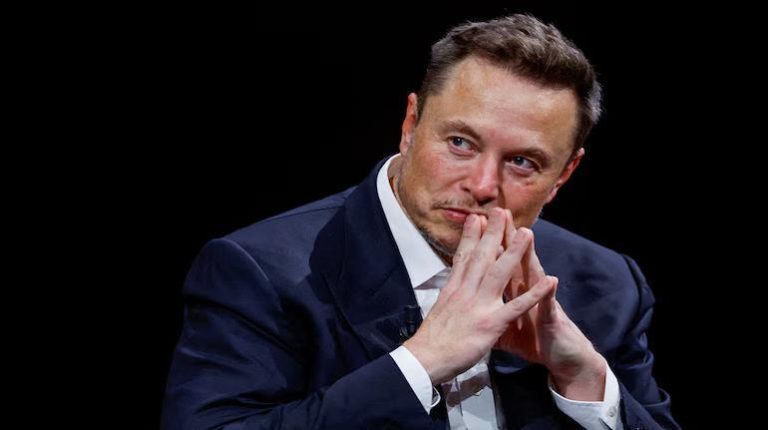
Poverty an engineering issue, AI & humanoid robots will end it: Musk
The world has been grappling with the issue of poverty for centuries. Despite the best efforts of governments, organizations, and individuals, poverty remains a pervasive and persistent problem. However, according to billionaire and xAI CEO Elon Musk, the solution to poverty may not lie in traditional economic or social approaches, but rather in engineering and technology. Specifically, Musk believes that artificial intelligence (AI) and humanoid robots hold the key to eliminating poverty.
Musk’s remarks were made at the US-Saudi Investment Forum, where he opined that poverty is an engineering issue. He stated that as AI and robotics advance, money will eventually stop being relevant in the future. This may seem like a radical idea, but Musk is not alone in his thinking. Many experts and thought leaders believe that technological advancements, particularly in the fields of AI and robotics, have the potential to transform the way we live and work, and ultimately, to eradicate poverty.
So, how exactly do Musk and other proponents of this idea think that AI and humanoid robots can help eliminate poverty? The answer lies in the potential of these technologies to increase productivity, efficiency, and access to resources. For example, AI-powered systems can automate many tasks that are currently performed by humans, freeing up people to focus on higher-value work and creative pursuits. Humanoid robots, on the other hand, can perform tasks that are currently beyond the capabilities of humans, such as search and rescue missions, or tasks that are too dangerous or difficult for humans to perform.
One of the primary ways that AI and humanoid robots can help eliminate poverty is by increasing access to education and job training. With the help of AI-powered systems, people can access high-quality educational resources and job training programs, regardless of their geographical location or financial situation. This can help to level the playing field and provide people with the skills and knowledge they need to compete in the modern economy.
Another way that AI and humanoid robots can help eliminate poverty is by increasing access to healthcare and other essential services. For example, AI-powered systems can help diagnose and treat diseases more effectively, while humanoid robots can assist with tasks such as patient care and rehabilitation. This can help to improve health outcomes and reduce the economic burden of healthcare on individuals and families.
Musk’s comments on the potential of AI and humanoid robots to eliminate poverty are not just theoretical. He has already begun to invest in and develop technologies that have the potential to make a significant impact on poverty. For example, his company, SpaceX, is working on a project to provide high-speed internet access to underserved communities around the world. This project, called Starlink, has the potential to increase access to education, job training, and other essential services, and could help to bridge the digital divide between rich and poor communities.
In addition to his work on Starlink, Musk is also investing in the development of humanoid robots through his company, Tesla. Tesla’s humanoid robot, which is currently in development, has the potential to perform a wide range of tasks, from manufacturing and assembly to healthcare and education. This could help to increase productivity and efficiency, and provide people with the skills and knowledge they need to compete in the modern economy.
While Musk’s ideas about the potential of AI and humanoid robots to eliminate poverty are intriguing, they are not without controversy. Some critics have argued that the development and deployment of these technologies could exacerbate existing social and economic inequalities, particularly if they are not designed and implemented with the needs of all people in mind. For example, if AI-powered systems are used to automate jobs without providing adequate training and support for workers, this could lead to significant job displacement and economic disruption.
Despite these challenges, Musk remains optimistic about the potential of AI and humanoid robots to eliminate poverty. He believes that these technologies have the potential to increase access to resources, improve productivity and efficiency, and provide people with the skills and knowledge they need to compete in the modern economy. As he stated at the US-Saudi Investment Forum, “AI and robotics are the only way to make everyone wealthy.”
In conclusion, the idea that poverty is an engineering issue, and that AI and humanoid robots can help eliminate it, is a fascinating and thought-provoking concept. While there are certainly challenges and controversies surrounding the development and deployment of these technologies, the potential benefits are undeniable. As we move forward into a future where AI and robotics are increasingly pervasive, it is essential that we consider the potential impact of these technologies on poverty and economic inequality, and work to design and implement them in ways that benefit all people.




